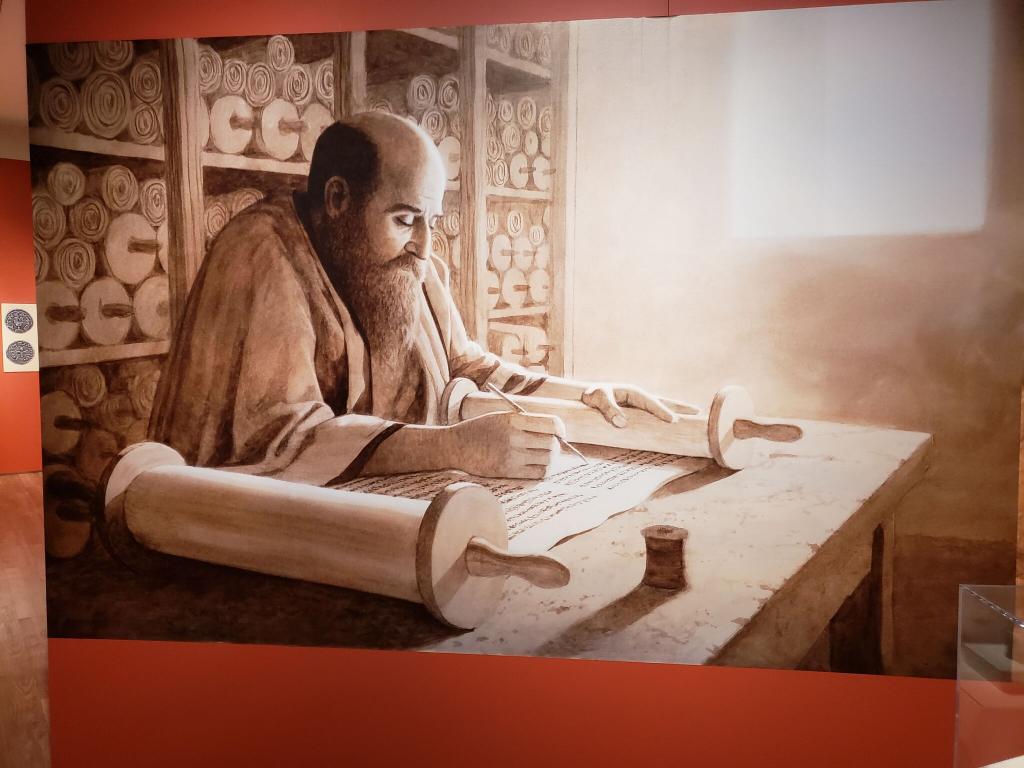Here’s a very helpful moderation of some of the rhetoric about early Christian literacy by my friend Larry Hurtado, whom I ask you to continue to pray for now that he is done with his radiation treatments due to leukemia…. BW3
Literacies in the Roman World
by larryhurtado
A few decades ago, it became fashionable in some scholarly circles, including NT/Christian Origins, to hold the view that in the Roman period there was an extremely low level of literacy, and that only elite levels of society had that skill. One still sees this view touted today (typically by those echoing what they believe to be authoritative pronouncements on the matter by others). But a number of studies show that such generalizations are simplistic, and that “literacy” was both more diverse and much more widely distributed than some earlier estimates. The earlier claims of an extremely low level of literacy resurfaced in some comments, so I take the time to draw attention to some previous postings on the subject.
In a previous posting (here) I complained about the frequent failure to take account of relevant material evidence for reading and writing in the Roman world. In other postings, I drew particular attention to the data provided in a study of graffiti from Pompeii (here), and also the really interesting study of graffiti by Roger Bagnall, in his book Everyday Writing in the Graeco-Roman World (Berkeley: University of California Press, 2011) (here).
The particular importance of graffiti is that they don’t likely reflect the activities of “elites,” but more likely people of lower/various social levels. One can’t imagine Cicero stopping to write graffiti! But also graffiti seem to have been addressed to similarly diverse social levels, with the expectation that various/many passersby would be able to stop and read them. As the cited studies observe, this all means that, at least in urban settings, some meaningful levels of literacy were much more common that some have previously asserted.
To bring this around to the focus of this blog site, the NT and origins of Christianity, these studies reinforce the view that early Christian circles were rather “bookish,” as I’ve described them in my book, Destroyer of the gods: Early Christian Distinctiveness in the Roman World (Baylor Univ Press, 2016), 105-41. Right from the first decades onward, Christians read, composed, copied and circulated texts on an impressive scale, given the small number of Christians at the time. So, with all due regard for “orality” and the ancient appreciation of the spoken word, in early Christian circles (as, actually, in the larger Roman-era world of the time), texts were central as well. For an excellent introduction to the matter, I recommend (as I have frequently) Harry Gamble, Books and Readers in the Early Church: A History of Early Christian Texts (New Haven: Yale University Press, 1995).
Likewise, the older (early 20th century) notion that early Christian circles were composed of slaves and unlearned nobodies has rightly been corrected by various studies. The pioneering study by Edwin Judge, The Social Pattern of Christian Groups in the First Century (1960), was followed by a number of works focused on the social description of early Christian groups. I’ve listed some of them here.













